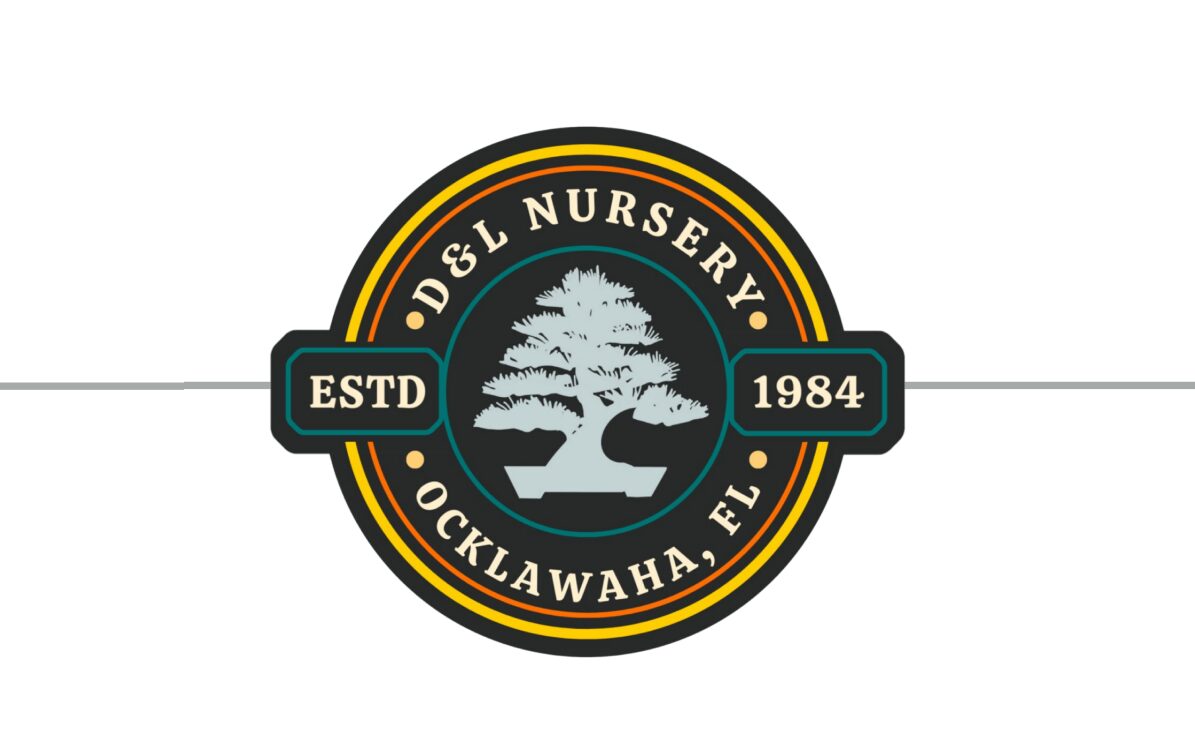Common Name: Texas Ebony
Scientific Name: Pithecellobium flexicaule
Characteristics
- Bark – light tan, grey, or brown / slightly textured - can become fissured with age
- Branches – brittle / zigzag like pattern / thorns
- Leaves – alternate / obovate / bipinnately compound / light to medium green
- Flowers – raspberry shaped buds / fragrant pompom shaped flowers / yellow - white
- Fruit – pod / seed is edible
Growing Conditions
- Air – good air circulation / dry or humid environment
- Sun – morning to midday sun is best / leaves may close in high heat or low light / good sun promotes smaller leaves
- Water – moist not wet - dry down not dry out / morning to midday is best / new leaves increase transpiration
Maintenance
- Roots – Repotting is best when night temperatures are consistently above 70 degrees. Well-draining soil. Protect from sun for 2 weeks after root pruning.
- Trunk – Properly clean and protect large cuts from moisture as cuts can be slow to heal. Watch for wire scarring. Healthy trees can be heavily reduced.
- Branches – Branches become more brittle and difficult to bend with age. Use wire to set initial primary and/or secondary branch structure where applicable. Watch for wire scarring. The clip-n-grow technique is well utilized with the natural zigzag pattern and helps to maintain a cohesive design. Properly clean and protect large cuts from moisture. Healthy trees can be heavily pruned. Protect from sun for 2 weeks after heavy branch pruning.
- Leaves / Flowers – Leaf size can be controlled by root maturation and pinching new leaf tips. Partial defoliation during the growing season can increase airflow, visual design, and reduce predatory insects and fungus. Watch for insects and related fungus on new stem growth.
Hardiness: tropical evergreen / zone 9 - 11 / protect below 45 degrees
Propagation: Typically grown from seed. Air-layers do well.
Potential Issues
- Insects – aphids
- Fungus – sooty mold on leaves and branches caused by aphids / root fungus can occur because of poor soil or drainage
*NOTES – Outside Only. Native to the southern United States. Member of legume family.



